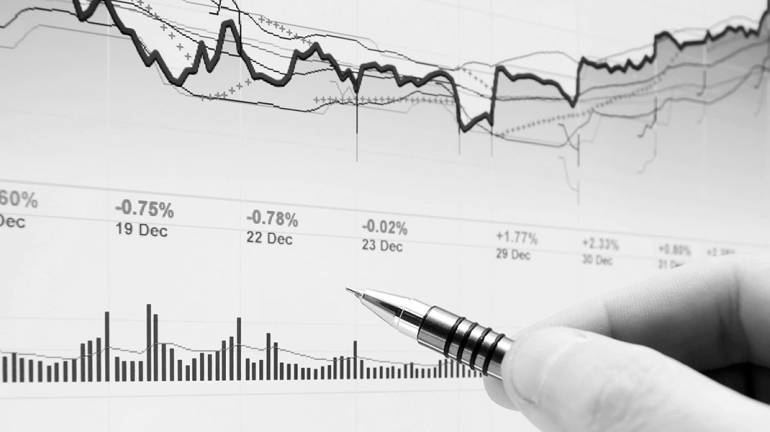
RBA leaves rate on hold, noted current fluctuations in markets
(8 July 2015 – Australia) The Reserve Bank of Australia (RBA) Board decided to leave the cash rate unchanged at 2.0 percent on 7 July, indicating it will review information on economic and financial conditions closely in the period ahead.
In the statement by RBA governor Glenn Stevens, it was noted that the global economy is expanding at a moderate pace, but some key commodity prices were much lower than a year ago, a trend reflecting increased supply, including from Australia.
Australia’s terms of trade are falling nonetheless.
The Board noted that despite fluctuations in markets associated with the respective developments in China and Greece, long-term borrowing rates for most sovereigns and creditworthy private borrowers remain remarkably low.
Global financial conditions remain very accommodative.
“In Australia, the available information suggests that the economy has continued to grow over the past year, but at a rate somewhat below its longer-term average.
“The rate of unemployment, though elevated, has been little changed recently. Overall, the economy is likely to be operating with a degree of spare capacity for some time yet.
“With very slow growth in labour costs, inflation is forecast to remain consistent with the target over the next one to two years, even with a lower exchange rate,” the statement said.
In these circumstances, monetary policy needs to be accommodative, with low interest rates acting to support borrowing and spending.
Credit is recording moderate growth overall, with stronger borrowing by businesses and growth in lending to the housing market broadly steady over recent months.
Dwelling prices continue to rise strongly in Sydney, though trends have been more varied in a number of other cities.
The Bank is working with other regulators to assess and contain risks that may arise from the housing market. In other asset markets, prices for equities and commercial property have been supported by lower long-term interest rates.
The Australian dollar has declined noticeably against a rising US dollar over the past year, though less so against a basket of currencies.
Again Stevens noted further depreciation of the Aussie dollar seems both likely and necessary, particularly given the significant declines in key commodity prices.





 Subscribe
Subscribe